Do you have solar lights – or a solar vent – that just aren’t working as well as they used to? Running out of power long before dawn? Lights dim or a fan not moving much air? Or maybe aren’t working at all?
Before you decide it’s just “no good” and need to be replaced, try replacing the rechargeable battery in the device.
Most use a AA or AAA rechargeable that you can get in most drug stores, grocery stores and big box stores. Rechargeables come in nickel-cadmium (ni-cad), metal hydride (NiMH) and lithium-ion. Ni-cads are cheap, but tend to have short lives and have a “memory” problem, meaning that they should be run down totally before recharging. All that makes them less than ideal for solar lights and vents. NIMH are the most available type, with longer life and less of a problem with memory. Lithium ion are the best and while you can find non-rechargeable lithium AA and AAA batteries everywhere, rechargeable ones are tough to find. Amazon has a couple listed but they are either very expensive ($22 for one AA battery?) or “not available.” I’m guessing that within 6 months they’ll be far more widely available.
My experience with NiMH rechargeables is that I have to replace them about once a year on the boat. Theoretically, they should last longer but I think that the heat, motion, humidity and so on just take their toll. Luckily, the batteries are not too expensive and changing them only takes a minute in most devices.
If you don’t have any rechargeables on hand and just want to test to see if the battery is the problem, you can even pop in a regular AA or AAA so long as you totally cover the solar panel so it doesn’t try to charge a non-rechargeable.
When putting a new battery in and checking it, be sure that any on/off switch is set to on, and if there is a photocell (as in a light that turns on at dusk and off at dawn), be sure to cover it so that the light thinks it’s dark out.
One of the first things we did when we got the boat out of storage after selling our house was to reinstall our Solar Kandle Rail Lights so we could see the steps in the dark. The next day, we noticed that one wasn’t working and the other was dim despite having had a really sunny day. Changed the batteries and now we have two bright lights that stay lit until dawn even when it’s been cloudy!
On a related note if you have a new device that doesn’t work, in addition to making sure that any switch is turned on, check that there isn’t a plastic pull tab over one end of the battery. Devices are often shipped this way so that the battery won’t be drained in transit . . . and a number of times the instructions don’t say a word about removing it!

Carolyn Shearlock has lived aboard full-time for 17 years, splitting her time between a Tayana 37 monohull and a Gemini 105 catamaran. She’s cruised over 14,000 miles, from Pacific Mexico and Central America to Florida and the Bahamas, gaining firsthand experience with the joys and challenges of life on the water.
Through The Boat Galley, Carolyn has helped thousands of people explore, prepare for, and enjoy life afloat. She shares her expertise as an instructor at Cruisers University, in leading boating publications, and through her bestselling book, The Boat Galley Cookbook. She is passionate about helping others embark on their liveaboard journey—making life on the water simpler, safer, and more enjoyable.
Your VHF can do so much! Learn how to use ALL its features for just $39:
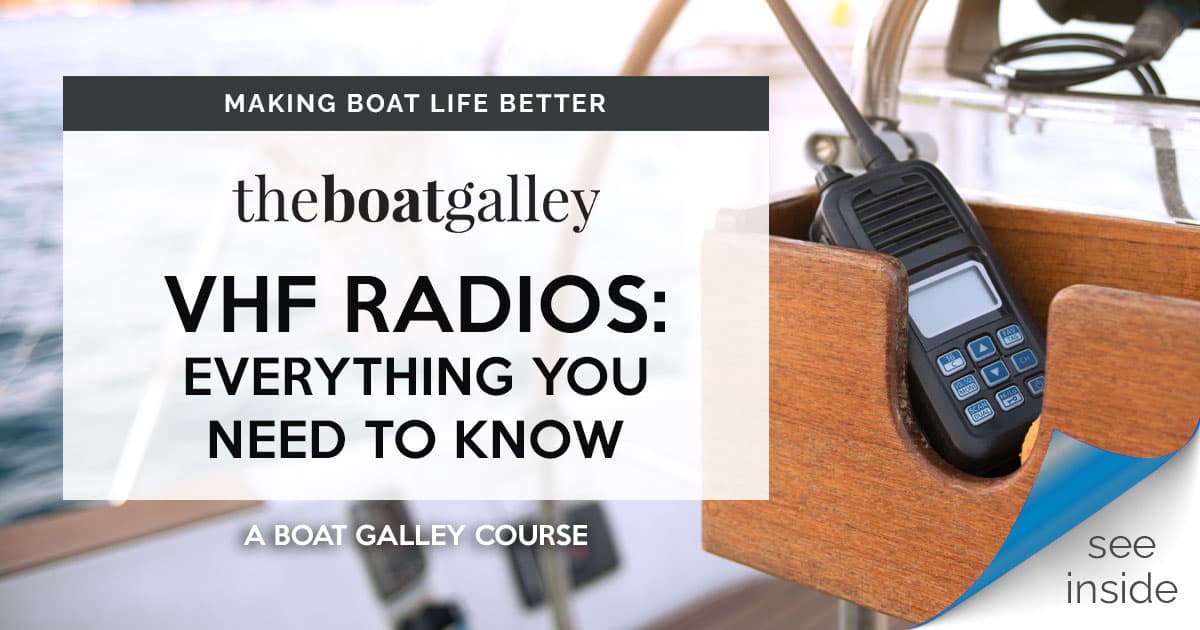
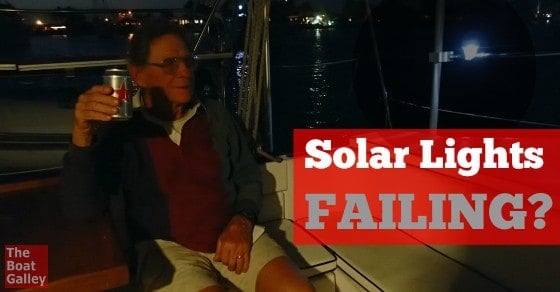

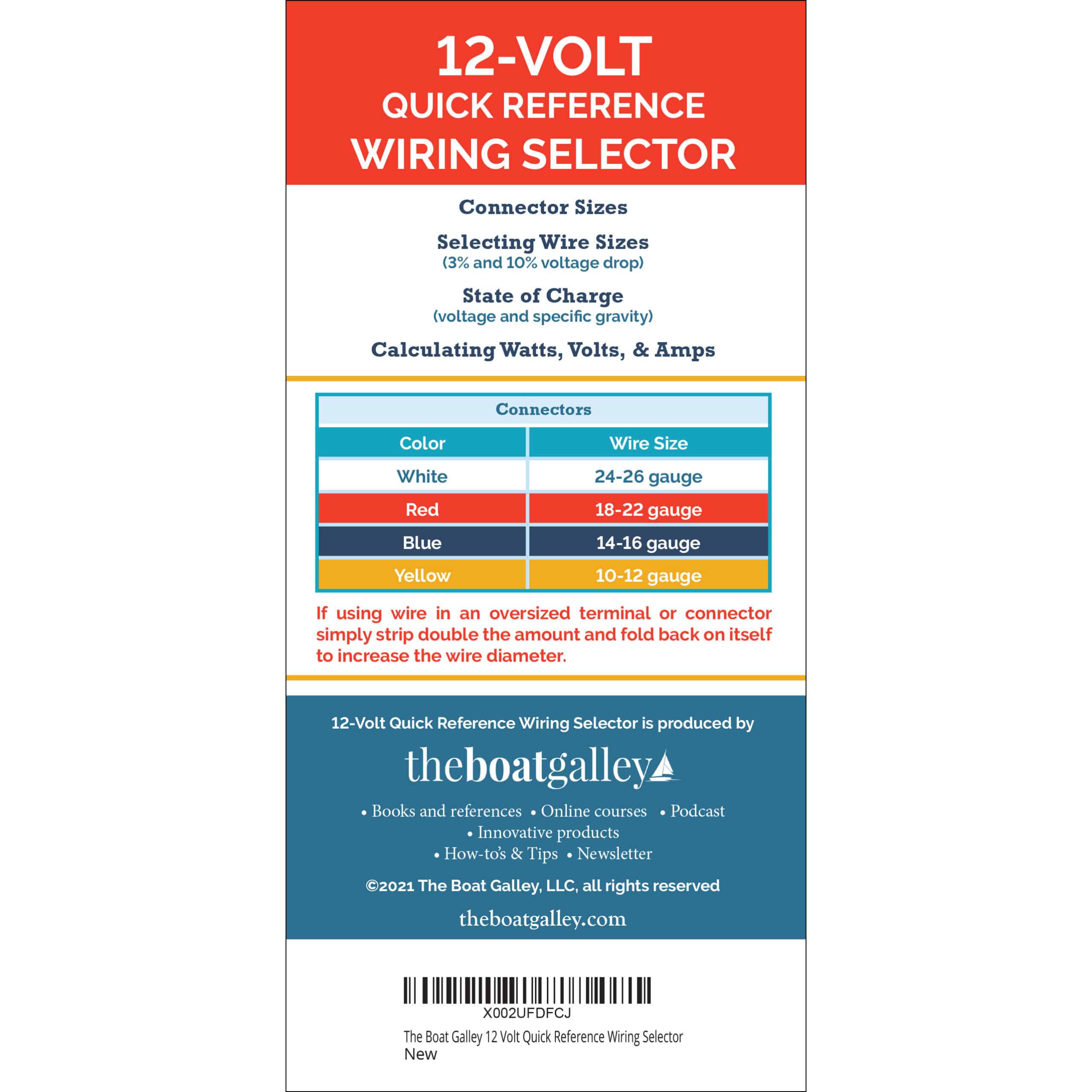
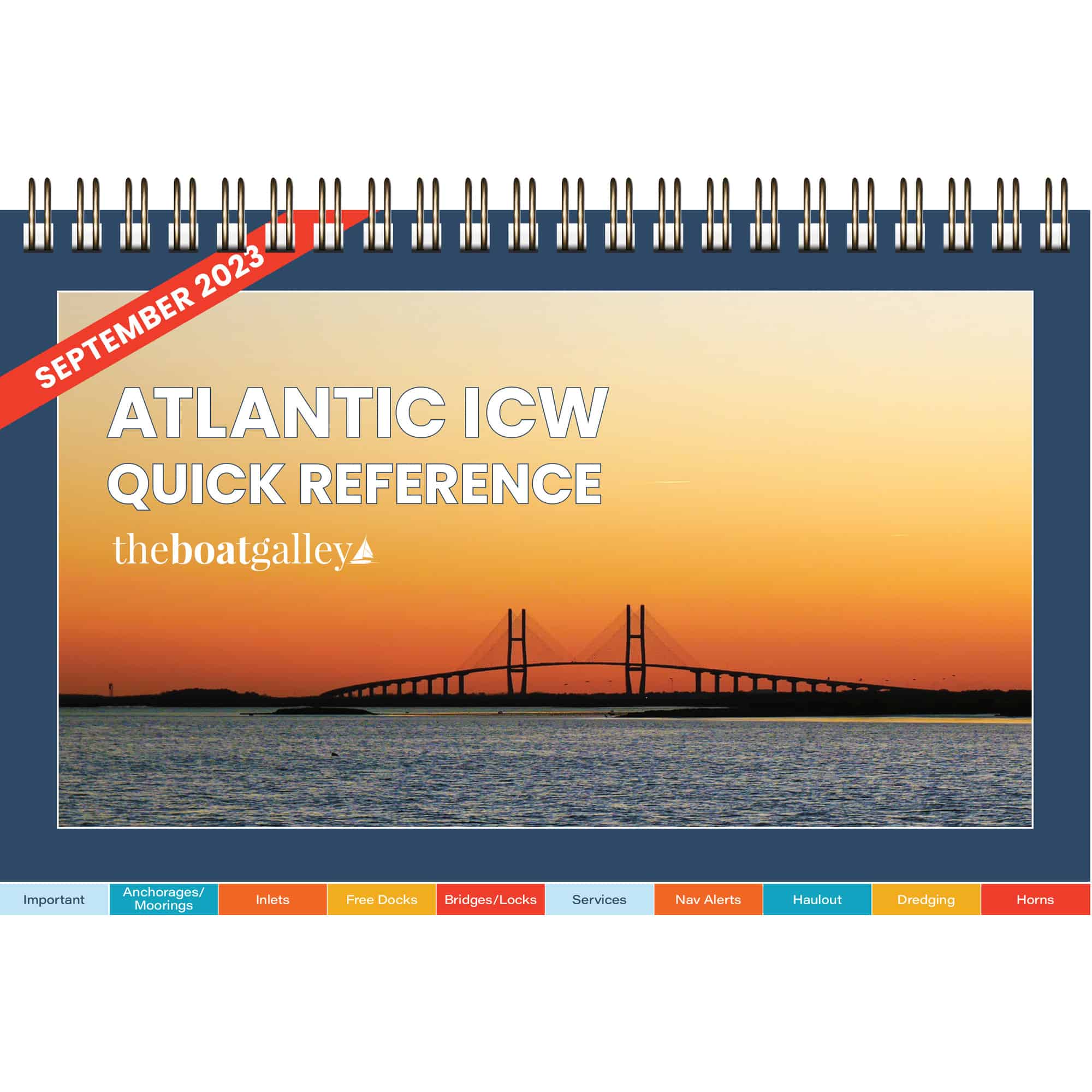




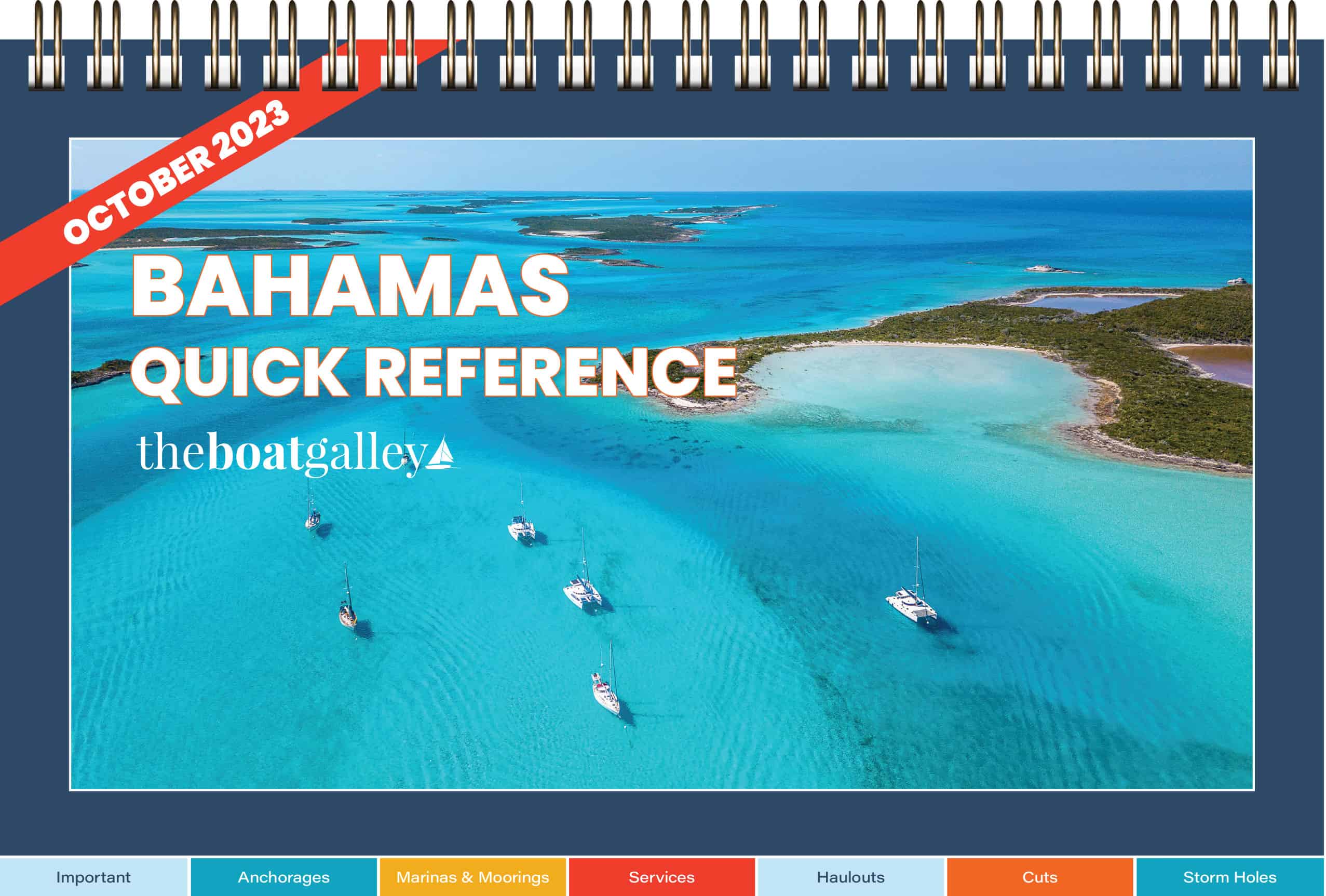
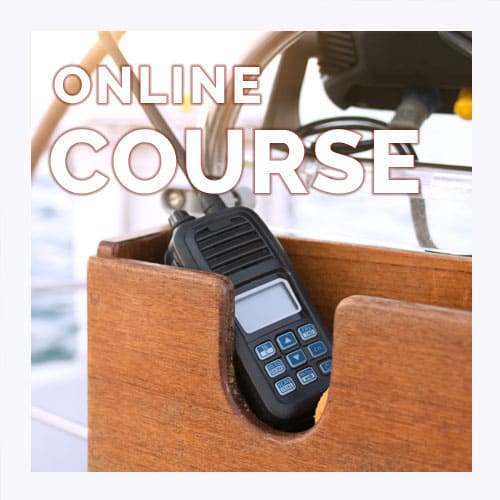
Mike s/v FatDash says
I have also found that manufacturers are using a resistor instead of a 1N4001 diode to keep the battery from discharging at night. This is just to cut corners and make more money.
If you don’t know at night the solar panel becomes a load on the battery and will drain it. A 1N4001 diode (available everywhere for less than a $1) on the positive side of the panel will only let the current flow one way, to the battery, and not to the other way.
Becky Croston says
We boat in Wa. state: what’s “solar?” 🙂
Ted Broom says
That’s the bright thing in the sky you might see on the
two days that the clouds break up a little that they call summer up there..
Neil Ensor says
Come to the REAL WA , Western Australia ,where the sun shines winter & summer .
John Meyer says
Neil – We would mate if the darn place wasn’t half way ’round the world!
James Phiney says
Many thanks for sharing valuable information about solar lights, I have founded great stuff on this blog.
Roy Hulse Cox says
I have found that just turning the battery can sometimes work too.
Richard Harper says
The battery provided is usually a very low capacity battery to keep the cost down. Aftermarket batteries have much more capacity. The current on solar lights is set by an inductor, if you replace it with a larger one you can reduce the current quite a bit without reducing the light level much.
I use scrap pieces of starboard to attach cheap solar lights to my railings.